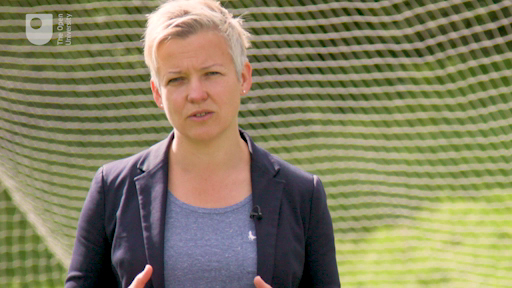Session 2: Perspectives of burnout
Introduction
At the start of this session you will hear about the case of Open University student and leading cyclist, Elinor Barker, who describes her early stages of burnout. She subsequently recovered to win an Olympic gold medal. This account is used to illustrate how burnout can be understood through different perspectives, and you will build on your understanding of the stress-related burnout research that you read about in Session 1.

The lens through which you look at any complex phenomenon influences the likely explanations you will provide for it. In this session, you will start to appreciate the different ways in which burnout is experienced, which will lead towards the question: ‘how might burnout be measured?’ and you will try out a questionnaire that attempts to measure it. You will also consider a list of fifteen factors that influence burnout. With this session’s focus on burnout explanations, measurement and causal factors, you will be getting to the heart of the topic.
By the end of this session, you should be able to:
- explain four different perspectives of burnout and fifteen factors that influence burnout
- discuss how burnout can be gauged using physiological or questionnaire measures.
Watch this video in which Kate Goodger introduces the session further.

